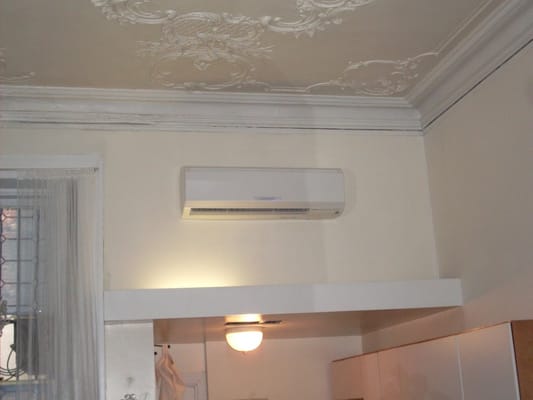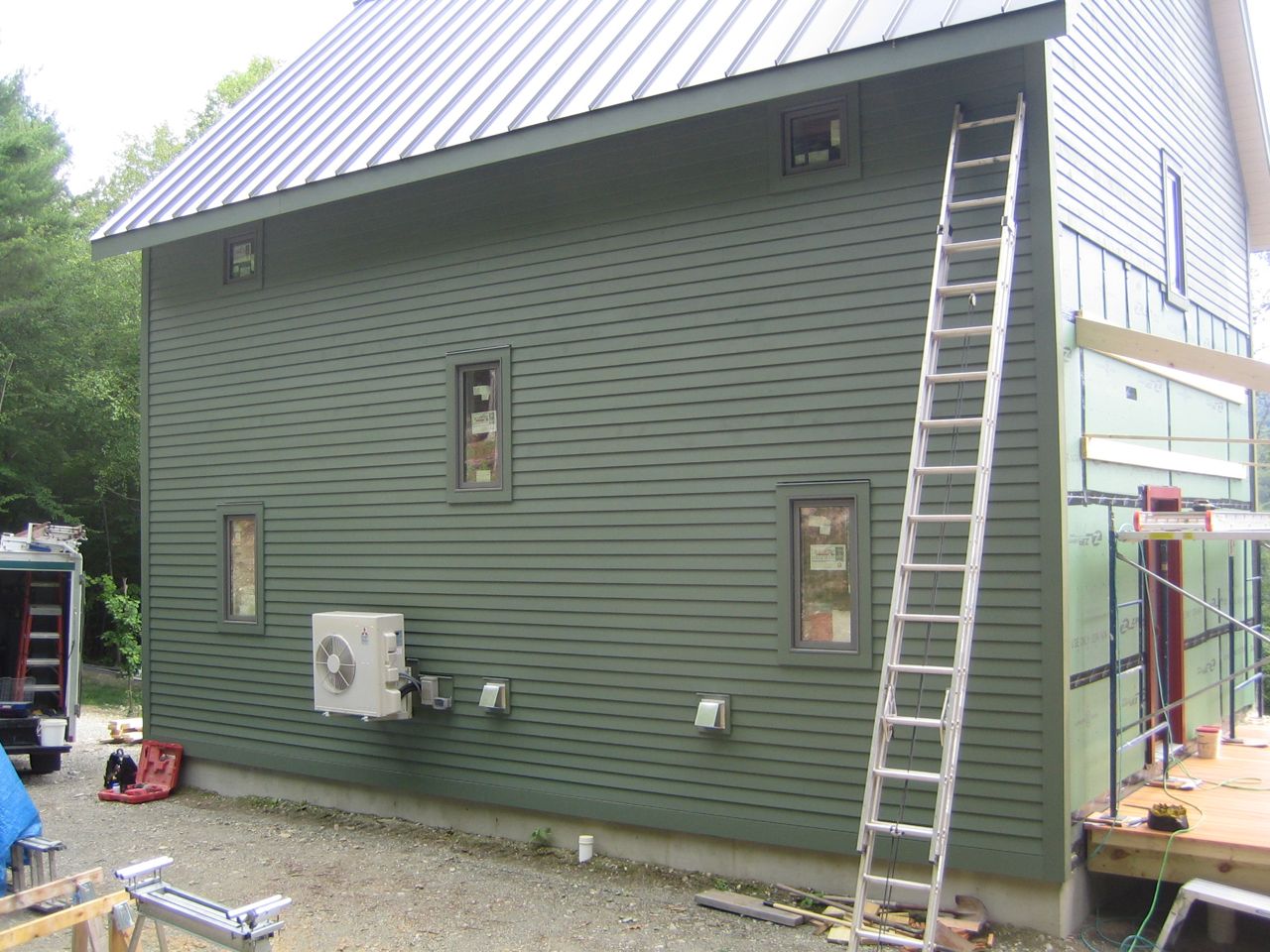gojoe3
Member
- Messages
- 70
- Reaction score
- 0
- Points
- 6
I am surprised to see that there is not a separate "indirect fired water heater" thread? forum?
Terry, would you consider adding one under the "Water Heater Forum and Blog" category.
I did a search on this site for "indirect water heater" and the few threads I found were all older.
Am I missing something? Or is this just not a popular topic?
This is my scenario :
I am a general contractor in southern Ct. and am doing research for my customer.
The plumber I use and my customer's plumber have given us a few options.
We are all set on sizing. My customer is wary because he had a glass lined
storage tank in the past, it failed and flooded his finished basement
and he's been living with a poor quantity of hot water from the existing
(probably scale fouled) tankless coil in his oil burner. I explained to him
that it probably failed because he never maintained the anode. He wants
my opinion, on stainless versus lined because I have more knowledge about
his water quality. I recently had his well water tested before and after his water
conditioner (softener). I wanted to find out if the softener was doing its
job and if it was properly sized for his home and his water quality.
Then I could consider what type of hot water storage I would advise he
choose. Both plumbers gave us similar options of going with a storage
tank or an indirect and options for stainless or lined with anode(s).
The water tests showed 7 gpg hardness a pH of 6.7 and 16.5 mg/L of
chloride before and after the .75 cubic foot (24,000 grain) conditioner.
This proved my theory that the 16 year old conditioner was not doing
its job. After analyzing their water consumption and usage patterns,
checking the performance of the well and pressure tank, measuring the
static pressure and gpm flow at the tank and various fixtures throughout
the home we concluded that a new water softening system would be the
first priority. We will be upgrading to either a 1.0 or 1.5 cubic foot system which I
will purchase, install and program. I will retest for chloride once the system is online.
Since the water will still contain chlorides ( I don't know how much
yet), both plumbers agreed with my opinion that stainless may not be the
best route.
I researched different manufacturers warranties on their stainless
versions and as I recall chlorides were acceptable up to a certain
limit, but just because they would replace the unit doesn't mean I would
jeopardize my customer having to experience another flooded basement.
We may also add a Waggs valve (suggested by someone in another forum) and pan for protection.
Does anyone know if a stainless tank can be protected by adding an
anode? This is the only link I could find when doing a search for
"stainless steel hot water tank with anode" I will be speaking with one
of their reps today. http://alliedboilers.com/indirect_fired_water_heater.php
We will probably be choosing a lined steel tank with one (and I'll add
another prior to install) or 2 anode(s). I will remind my customer to have the anode(s)
checked annually when the boiler is serviced.
We have decided to go with an indirect instead of just a storage tank because we will be
bypassing and/or removing (any suggestions?) the boiler's tankless coil.
We still have to decide on a tank in tank design or one with a coil.
Would a stainless steel circulator be ok or is bronze preferred?
Any suggestions or opinions will be greatly appreciated. Thank you!
Terry, would you consider adding one under the "Water Heater Forum and Blog" category.
I did a search on this site for "indirect water heater" and the few threads I found were all older.
Am I missing something? Or is this just not a popular topic?
This is my scenario :
I am a general contractor in southern Ct. and am doing research for my customer.
The plumber I use and my customer's plumber have given us a few options.
We are all set on sizing. My customer is wary because he had a glass lined
storage tank in the past, it failed and flooded his finished basement
and he's been living with a poor quantity of hot water from the existing
(probably scale fouled) tankless coil in his oil burner. I explained to him
that it probably failed because he never maintained the anode. He wants
my opinion, on stainless versus lined because I have more knowledge about
his water quality. I recently had his well water tested before and after his water
conditioner (softener). I wanted to find out if the softener was doing its
job and if it was properly sized for his home and his water quality.
Then I could consider what type of hot water storage I would advise he
choose. Both plumbers gave us similar options of going with a storage
tank or an indirect and options for stainless or lined with anode(s).
The water tests showed 7 gpg hardness a pH of 6.7 and 16.5 mg/L of
chloride before and after the .75 cubic foot (24,000 grain) conditioner.
This proved my theory that the 16 year old conditioner was not doing
its job. After analyzing their water consumption and usage patterns,
checking the performance of the well and pressure tank, measuring the
static pressure and gpm flow at the tank and various fixtures throughout
the home we concluded that a new water softening system would be the
first priority. We will be upgrading to either a 1.0 or 1.5 cubic foot system which I
will purchase, install and program. I will retest for chloride once the system is online.
Since the water will still contain chlorides ( I don't know how much
yet), both plumbers agreed with my opinion that stainless may not be the
best route.
I researched different manufacturers warranties on their stainless
versions and as I recall chlorides were acceptable up to a certain
limit, but just because they would replace the unit doesn't mean I would
jeopardize my customer having to experience another flooded basement.
We may also add a Waggs valve (suggested by someone in another forum) and pan for protection.
Does anyone know if a stainless tank can be protected by adding an
anode? This is the only link I could find when doing a search for
"stainless steel hot water tank with anode" I will be speaking with one
of their reps today. http://alliedboilers.com/indirect_fired_water_heater.php
We will probably be choosing a lined steel tank with one (and I'll add
another prior to install) or 2 anode(s). I will remind my customer to have the anode(s)
checked annually when the boiler is serviced.
We have decided to go with an indirect instead of just a storage tank because we will be
bypassing and/or removing (any suggestions?) the boiler's tankless coil.
We still have to decide on a tank in tank design or one with a coil.
Would a stainless steel circulator be ok or is bronze preferred?
Any suggestions or opinions will be greatly appreciated. Thank you!


